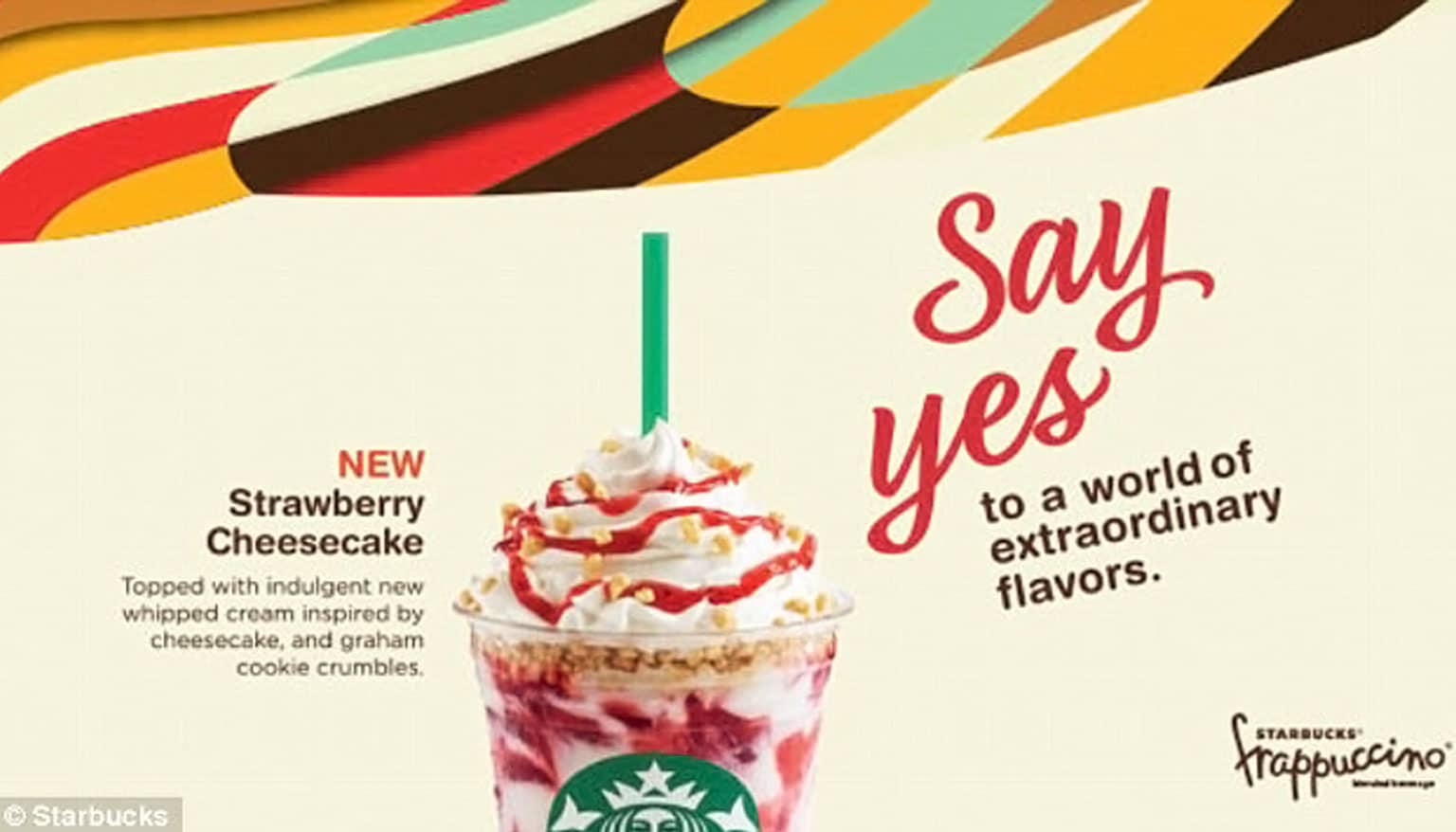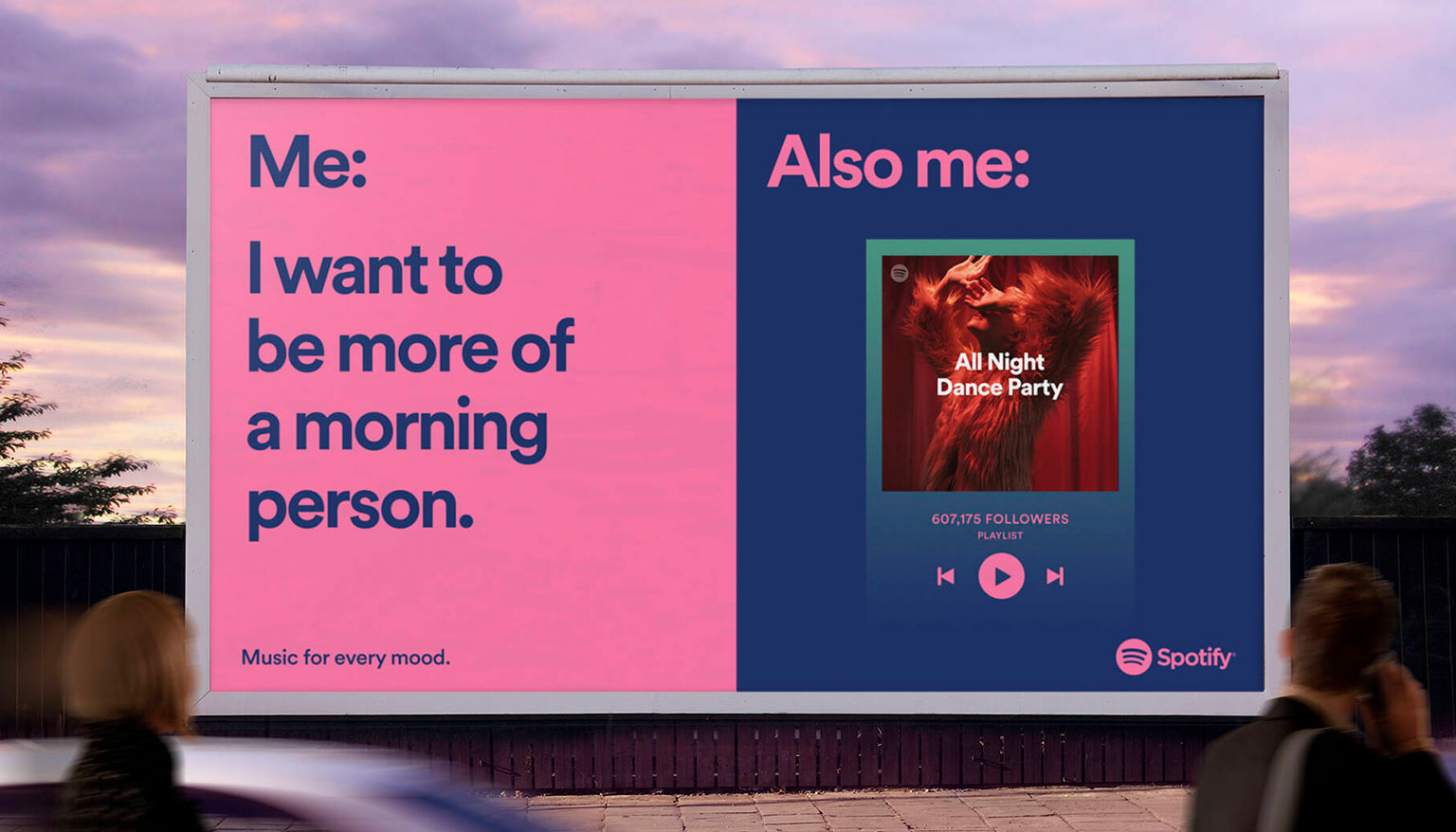Digging in the wrong place – how to successfully target customers in marketing
World markets are tough right now, no matter what industry you’re in. But if you’re going for growth and want to expand your customer base, you’ll need to use the right set of tools to unearth those new customers.
Most companies already know who their brand’s target market is, who their message and products will appeal to. But marketing strategies that are broad, are typically less successful than highly niche or targeted market segments.
That’s why brands segment their marketing into more focused ‘target audiences’ that share uniting factors like geography, demographics, and psychographics (opinions, behaviours, and attitudes).
Marketers usually have a good idea of their typical audience, and even have personas to follow. However, when a brand wants to expand into new markets or territories they understand less well, or when new demographics need to be appealed to, things can go wrong. It’s all too easy to make fatal assumptions.
Uncovering new markets
Australians buck Starbucks
US coffee chain Starbucks has an easily identifiable target market they base their brand experience and marketing around: Middle and upper-middle class men and women who enjoy café style food and beverages. If you visit one of Starbuck’s stores, you’ll find a more upscale drink selection and an emphasis on perceived quality.
This targeting has generally served them well, allowing them to open stores across Europe and successfully expand into China. They succeeded in introducing the European coffee-drinking culture to China, a market that didn’t have this tradition, because Starbucks adapted their stores to suit the country’s specific tastes, making spaces more communal.
The trouble is they got complacent, their usual business model didn’t translate across all markets.

When Starbucks opened their first store in Australia in 2000, they presumed their existing European model would serve them well, Australia being a westernised country. It was a mistake; Starbucks didn’t have sufficient knowledge of Australians’ psychographics – there was already a strong coffee-drinking culture in the country, one that was built around local coffee shops selling high quality coffee as well as hot food. Coffee chains also existed that sold coffee far cheaper than the newcomer, so all demographics were already catered for. Starbuck’s offering just didn’t fit the country’s consumer preferences.

Starbucks went down, then went under. The brand made a $105 million loss in the first seven years, and by 2014 the last Starbucks store in Australia closed.
The key to a successful global strategy
Research is key when targeting new markets. Typically a global marketing strategy will involve a business undertaking new market research, identifying countries where there is a good chance of success, and crucially, localising the brand to better serve those communities.
Amazon went global by staying ‘local’
For four years between 1994 and 1998, Amazon sold books online to an extremely niche audience. They had a well-defined and very specific target market. Today, Amazon has earned the ability to sell everything and to target everyone.
Amazon launched the 1-Click button patent making buying easy, and with Prime membership covering delivery costs no matter how many orders you placed, they were competitive.
The other clever strategy that Amazon pioneered was really knowing an audience and their buying patterns. By tracking purchase data they could target consumers directly, suggesting products that might appeal.
And with the launch of Marketplace, where third party vendors could sell through Amazon, their consumer knowledge grew. Amazon was able to serve their audience even better because they knew who they were and how they behaved.
It allowed them to launch their own products including smart speakers (Alexa), Kindle tablets and a TV streaming service, each designed to embed Amazon in the consumer’s everyday life, and allow new channels through which to learn more and sell more.
The goal? Total e-commerce domination. Jeff Bezos has never been shy about that intent. But Amazon isn’t taking the whole world at once, their global strategy recognises that in some countries they have stiff and well established competition, so they’re taking it step-by-step.
Currently, one area of focus is India, which is a current hotbed in the e-commerce wars. According to Forbes, Amazon is thinking locally, investing to understand the local trends and preferences.
Amazon has cleverly partnered with Indian micro and macro influencers. Amazon India has 10 million followers on Facebook, where they use aggressive promotion strategies to promote its Sale Days, as well as celebrating festivals and memorable days.
According to CNBC, about 70 percent of the Indian population purchases products from Amazon during events and festivals.
Amazon also features case studies of Indian small business owners selling through their site. This encourages more business owner on-boarding and helps Amazon offer Indian customers more of what they want.

Amazon sponsored India Fashion Week, and launched a digital campaign which celebrated women-owned small businesses. They encouraged women around the world to use Amazon as their distribution site, who in turn promoted Amazon with the hashtag #bossbabe. Amazon also tailor their Twitter, Pinterest, YouTube and email marketing to give new markets what they really want, and fast.
In short, Amazon have bossed their digital marketing strategy
Identifying new audiences
Getting specific with your digital marketing
Appealing to new target audiences within an established market needs just as much consumer insight and understanding. For instance; many companies say they want or need to tap into the youth market, and think they know the audience. “We need to target GenZ.”
This is usually a reaction to the company’s failure to attract younger consumers, either the marketing, or the product or service being offered, has failed to evolve. As brand reach starts to retract or be eroded by competitors, the knee-jerk reaction is a desire to engage the ‘youth market.’
There’s nothing wrong with that, but to mistake it for audience targeting is wrong.
GenerationZ also known as the iGeneration, are the first truly digital generation. Most of them grew up with easy access to smartphones and tablets. It’s therefore understandable that marketers often presume that targeting them is as simple as creating a viral social media campaign.
The problem is that social marketing is a wide social trend. Everyone is on social media today, for example, seniors are using smart technology more than ever before. Social is just a marketing channel that’s experiencing general growth in popularity. It won’t help you reach the specific people who may want to buy your products or services.
GenerationZ is not a target audience but a group of vastly different individuals, who each respond to very different marketing stimuli. To assume they’re all the same is to miss the nuance of true audience segmentation, just as surely as assuming that all seniors sit watching TV all day with their feet in a plug-in boot.
Identifying more specific audiences, such as cinema goers or health conscious young adults, will help you to find a way to target them more successfully, and in a way that’s relevant to your brand. That may still mean developing a social campaign – but you’ll know what to say and on which social channels your audience are actually hanging out.
How did Spotify make ‘being sad’ a music genre?
As a music streaming service, Spotify’s business model focused on helping users find something new to listen to, by suggesting more of the music you might like. But when the company wanted to expand into new global markets they had to expand the format.
Spotify allowed users to browse for new music by category, so whether they liked hip-hop or country they’d find something new in the genre they loved. However, some countries have very polarised music taste and specific genres appeal, so to get users to listen to more artists, and therefore add value to the service, they had to do more than focus on genres.

The solution was to offer users to search for music based on a “mood” as well as by lifestyle categories. Users could search for music perfect to “workout” or “sleep” to.
By changing how content is packaged and described, Spotify gets users to listen to music that goes beyond their usual genres, and fits into lifestyle habits shared all over the world. This strategy also allows international artists to access listeners from other countries as their work now appears in more categories.

Among the music streaming apps like Apple Music, Amazon Music, Google Play, YouTube Music, and other music streaming platforms, Spotify has the highest market share of 32-34%.
The secret to Spotify’s success is that the brand personality matches that of their audience. The user gets great value – the service helps them to discover more, and the brand offers a personalised experience. Spotify use influencers and their consumers in their marketing campaigns highlighting how the service speaks to their audience and is tailored to them, it’s personal.
Spotify also utilise event marketing and sponsorship to pitch to large audiences. Spotify is the exclusive audio service provider for Riot Games “League of Legends” esports, helping them to gain a global audience.
Digging in all the right places and going for growth in 2023
So, in conclusion, if you want to grow your business and expand into new markets, you’ll need to ‘think local’ and get to know what your new consumers really want and need as individuals.
If – and it’s a big if – there’s no difference in how this new audience will choose and interact with your brand, despite cultural or locational differences, then a standardised global marketing strategy may make sense as it will be far more cost-effective. However, more than likely there will be differences and it’s important to really understand these nuances no matter how subtle. Then you’ll be perfectly placed to apply this knowledge when building your ‘local’ marketing strategy.
It’s time to put assumptions aside, because a truly informed decision is usually the right decision.
Do you need help with your marketing strategy or targeting new markets? Get in touch – we’d love to help. Alternatively, for the latest marketing and branding news, take a look at our Articles page.